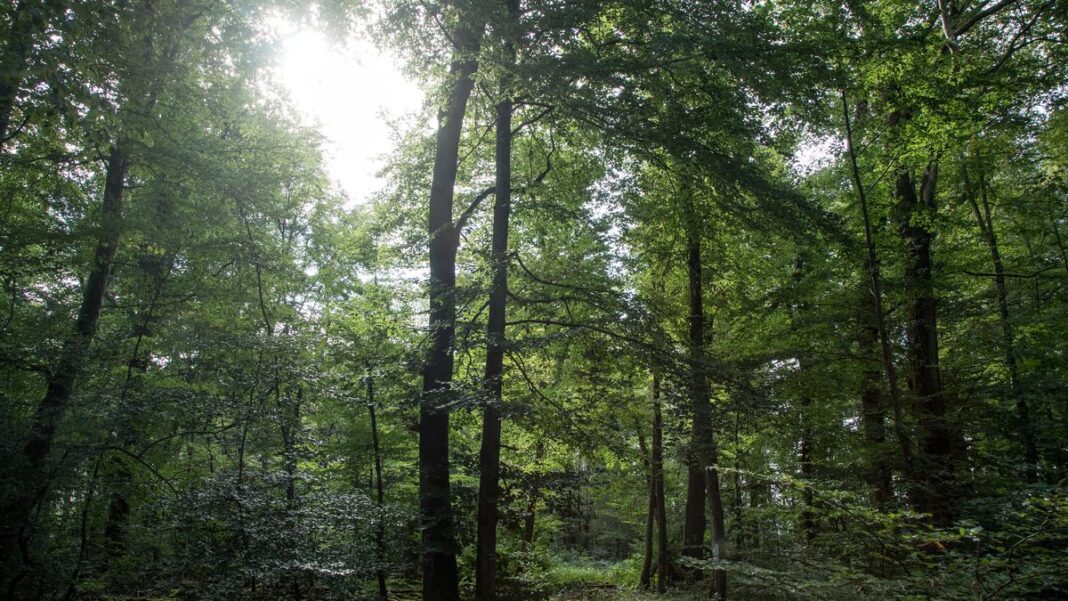The enchanting allure of the forest often masks the true condition of the trees within. As leaders gathered in Cali, Colombia, last November to discuss the future of biodiversity, the urgent need to protect our planet’s natural habitats became increasingly clear.
The Story So Far: A Glimpse into Nature’s Heart
In the heart of Wallonia, a new chapter unfolds as the region’s government under the stewardship of the liberal Adrien Dolimont embarks on a mission to expand its natural reserves. With only 1.32% of the territory currently under protection, the ambitious goal is to elevate this figure to 5% by 2030.
Unveiling the Green Revolution: Restoring Nature’s Splendor
A significant investment of 22 million euros from the European recovery plan is earmarked for acquiring sites of high ecological value. This funding will not only facilitate the restoration of ecosystems but also enhance public access to these protected areas.
A Testament to Conservation: Stories from the Heart of the Forest
A heartfelt tale emerges as a landowner shares the journey of selling a half-century-old spruce forest to Natagora, an environmental organization. This poignant decision ensured that the forest would remain a sanctuary for wildlife, a legacy cherished by generations.
Navigating the Path to Preservation: A Journey of Collaboration
With the government and nine nature conservation associations at the helm, a generous system of incentives is in place to facilitate land acquisitions. While the current subsidies present a golden opportunity, concerns linger about the sustainability of the proposed individual agreements.
Challenges on the Horizon: A Balancing Act for Biodiversity
As Wallonia strives to secure 5% of protected areas by 2030, the road ahead is fraught with challenges. The looming budget cuts post-2026 and debates over land management strategies raise critical questions about the region’s conservation efforts.
Conclusion
In the tapestry of Wallonia’s landscape, a delicate balance between economic imperatives and ecological stewardship unfolds. As the region charts its course towards a greener future, the collective resolve to protect biodiversity remains steadfast.
Frequently Asked Questions
- **What is the primary goal of Wallonia’s government regarding biodiversity conservation?
- The government aims to increase the protected natural reserves from 1.32% to 5% by 2030.
- **How are environmental organizations and landowners collaborating in Wallonia?
- Environmental organizations are incentivized to purchase lands for conservation, with subsidies ranging from 80% to 100% based on ownership.
- **What challenges does Wallonia face in expanding its protected areas?
- Budget constraints post-2026, debates over land management strategies, and concerns about the sustainability of individual agreements pose significant challenges.
- **How does the sale of the spruce forest to Natagora reflect a commitment to conservation?
- The decision to sell the forest ensured its preservation as a wildlife sanctuary, highlighting a deep-rooted commitment to conservation.
- **What role do government policies play in shaping Wallonia’s conservation efforts?
- Government policies dictate the allocation of funds, incentives for land acquisitions, and the overall strategy for expanding protected areas.
- **How does the region’s financial outlook impact biodiversity conservation?
- Budget constraints and competing priorities may influence the pace and scale of biodiversity conservation efforts in Wallonia.
- **What are the key considerations for landowners looking to engage in conservation efforts?
- Landowners must weigh factors such as financial incentives, long-term sustainability, and the impact of conservation agreements on their property.
- **How does Wallonia’s conservation plan align with broader European initiatives?
- Wallonia’s plan mirrors the EU’s strategy for biodiversity, emphasizing the importance of protected areas and ecosystem restoration.
- **What role do environmental organizations play in biodiversity conservation?
- Environmental organizations play a crucial role in land acquisition, restoration, and advocacy for biodiversity conservation in Wallonia.
- **What are the potential implications of Wallonia’s conservation efforts on the region’s ecosystems?
- The conservation efforts in Wallonia have the potential to restore ecosystems, protect wildlife habitats, and enhance biodiversity for future generations.
Tags: Biodiversity, Conservation, Wallonia, Nature Reserves, Environmental Protection, Sustainable Development, Wildlife Conservation, European Union, Natagora
This rewritten article captures the essence of Wallonia’s conservation journey, blending storytelling with critical insights into the region’s environmental preservation efforts.
- The conservation efforts in Wallonia have the potential to restore ecosystems, protect wildlife habitats, and enhance biodiversity for future generations.

